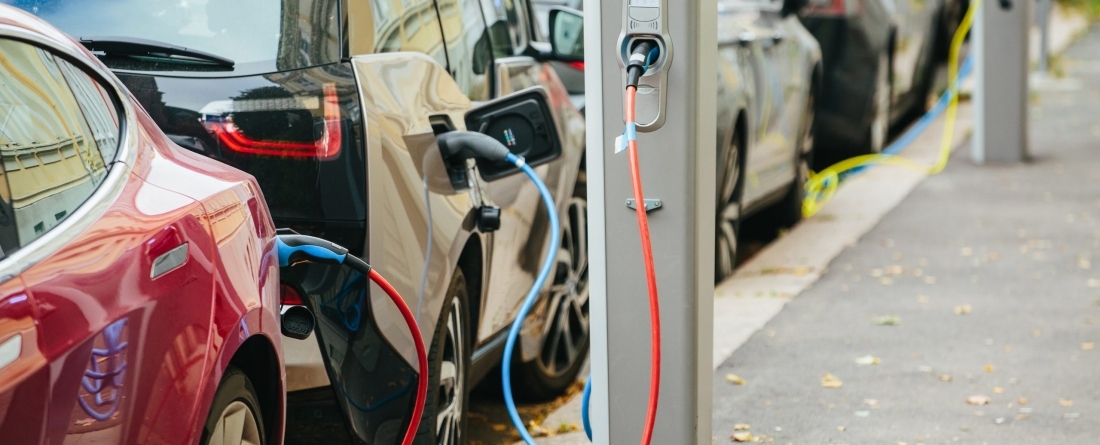
How can states implement emission-free initiatives in the electricity, transportation, buildings, agriculture, forestry, and industrial sectors?
New analysis highlights key climate provisions for state-level implementation from the Inflation Reduction Act
For the highest emitting sectors, IRA’s $38 billion in funding to states across electricity, transportation, and buildings is projected to achieve up to over 2200 MtCO2e in emissions reductions by 2030 from 2005 levels.
Meet the Experts!
Bradley Phelps, Research Assistant
Sarah Dodds, Research Assistant
Shawn Edelstein, Research Assistant
Jocelyn Lewis-Johnson, Research Assistant
Camryn Dahl, Program Manager
Shannon Kennedy, Strategic Engagement Senior Manager
Phelps, Bradley, S. Dodds, C. Dahl, S. Edelstein, J. Lewis-Johnson, S., Kennedy. (2023). Policy Briefs: Empowering States for Emission-Free Power: Unleashing IRA's Climate Initiatives. Center for Global Sustainability, University of Maryland.
According to a series of policy briefs recently released by the Center for Global Sustainability (CGS), the Inflation Reduction Act of 2022 (IRA) provides multiple catalysts for implementation opportunities in the country's highest emitting sectors: electricity, transportation, buildings, industry, agriculture, and forestry. The policy briefs highlight key climate provisions of the IRA that can be leveraged and built on at the state level, as well as opportunities to speed up economy-wide decarbonization in the United States.
Altogether, recent CGS analysis estimates the IRA’s climate-related funding in the electricity, transportation, and buildings sectors can help deliver over $38 billion in funding to states (excluding cross-cutting programs such as the Greenhouse Gas Reduction Fund) and is projected to achieve up to over 2200 MtCO2e in emissions reductions by 2030 from 2005 levels.
